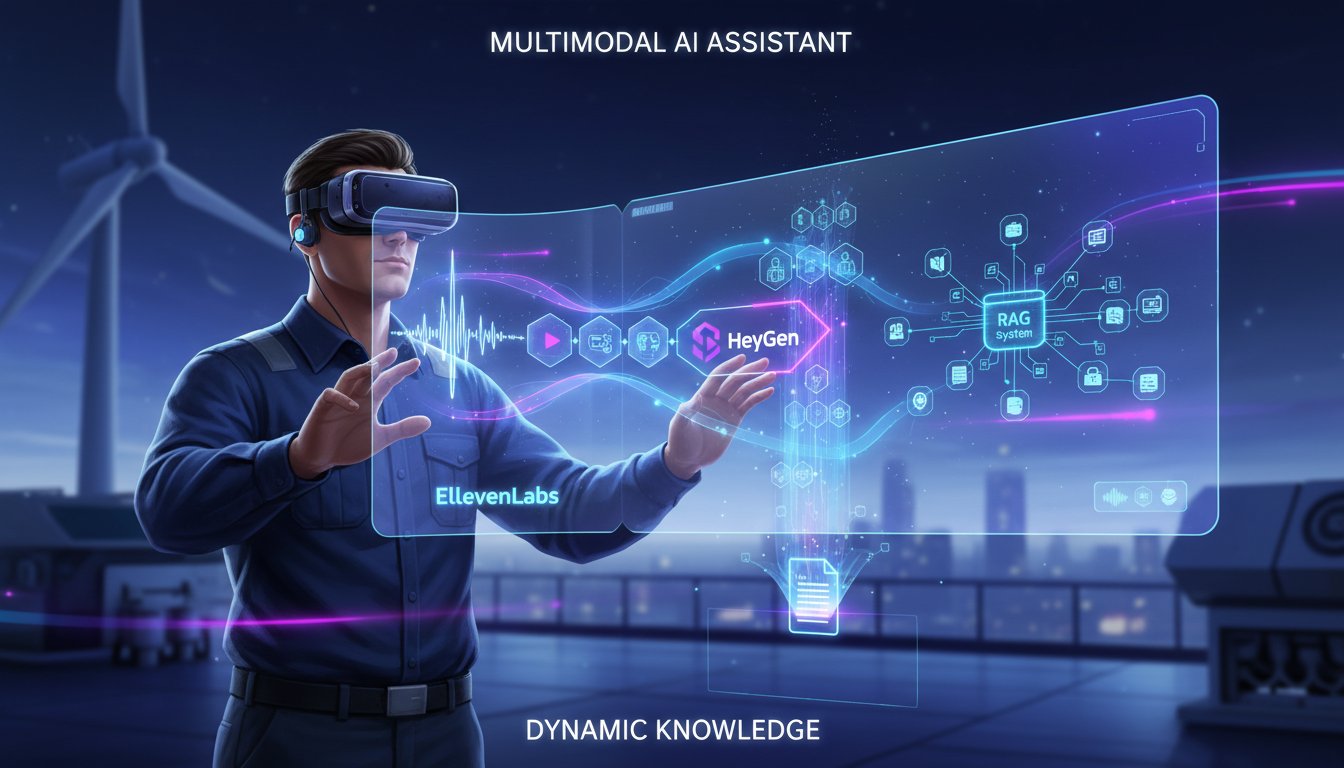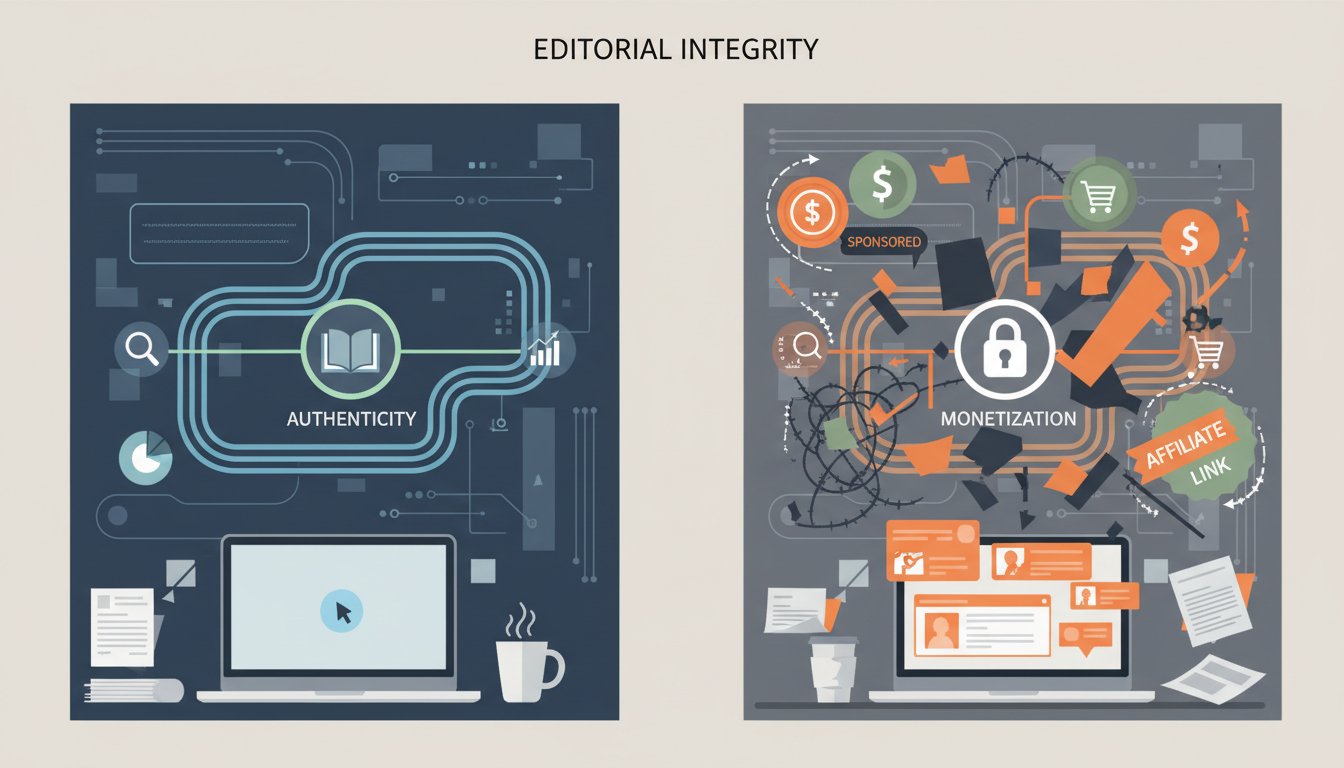Introduction
Imagine you’re a special operations commander facing a critical mission. You need real-time intelligence, but the data is siloed, fragmented, and difficult to access. The traditional approach? Hours spent sifting through reports, waiting for analysts, and hoping you have the right information at the right time. Now, imagine an AI system that instantly surfaces the most relevant data, anticipates potential threats, and provides actionable insights. That’s the promise of AI, but for enterprises, achieving this requires a shift towards open-source solutions.
The challenge? Building robust, reliable, and secure AI systems, particularly Retrieval Augmented Generation (RAG) systems, is complex and costly. Proprietary solutions often come with vendor lock-in, limited customization, and opaque algorithms. The solution? Embracing open-source AI development to foster collaboration, accelerate innovation, and ensure transparency.
This blog post will explore why open source is crucial for building better enterprise AI, specifically focusing on RAG. We’ll examine how open-source solutions can improve data access, foster innovation, and mitigate risks, drawing from recent advancements and real-world examples. We’ll also provide a practical guide to getting started with open-source RAG, outlining the key steps and tools you need to succeed. Expect actionable insights, real-world examples, and a clear roadmap for building the future of enterprise AI.
The Power of Open Source for Enterprise AI
Democratizing Access to AI Technology
One of the biggest barriers to enterprise AI adoption is the cost and complexity of proprietary solutions. Open source breaks down these barriers by providing free and accessible tools and frameworks. Instead of paying exorbitant licensing fees, enterprises can leverage open-source libraries like LangChain, LlamaIndex, and Haystack to build custom RAG systems.
- Example: DeepSeek, a Chinese AI startup, recently utilized a technical solution from Tencent to address issues in its system. This exemplifies how the open-source community can contribute to AI advancements, even in a competitive landscape. This level of collaboration is simply not possible with closed-source, proprietary offerings.
Fostering Innovation Through Collaboration
Open-source projects thrive on collaboration. Developers from around the world contribute code, identify bugs, and propose improvements, leading to faster innovation and more robust solutions. By embracing open source, enterprises can tap into a vast pool of talent and benefit from the collective intelligence of the community.
- Data Point: A study by the Linux Foundation found that open-source projects have a 28% higher rate of innovation compared to proprietary projects. This increased velocity directly translates to better, more competitive AI solutions for businesses.
Ensuring Transparency and Trust
Transparency is critical for building trust in AI systems. With open-source solutions, enterprises can examine the underlying code, understand how algorithms work, and ensure that they align with their values and ethical principles. This is especially important for RAG systems, where the accuracy and reliability of retrieved information are paramount.
- Expert Insight: “Open source is essential for building trustworthy AI,” says Andrew Ng, founder of Landing AI. “It allows us to audit the code, understand the biases, and ensure that the system is aligned with our values.”
Building Better RAG Systems with Open Source
Step 1: Choose the Right Framework
Several open-source frameworks are available for building RAG systems, each with its own strengths and weaknesses. LangChain is a popular choice for its modularity and flexibility, while LlamaIndex is well-suited for indexing and querying large datasets. Haystack offers a comprehensive set of tools for building search and question answering systems.
- Example: If you’re building a RAG system for a legal firm, you might choose LlamaIndex for its ability to efficiently index and search legal documents. For a customer support application, LangChain’s flexibility might be a better fit.
Step 2: Leverage Pre-trained Models
Building AI models from scratch is time-consuming and expensive. Fortunately, many pre-trained models are available under open-source licenses. These models can be fine-tuned for specific tasks, significantly reducing development time and cost.
- Data Point: Hugging Face’s Transformers library provides access to thousands of pre-trained models, including BERT, GPT-2, and RoBERTa. These models can be used for various NLP tasks, such as text embedding, question answering, and text generation.
Step 3: Contribute Back to the Community
Open source is a two-way street. By contributing back to the community, enterprises can help improve the quality of open-source tools and frameworks, while also gaining recognition and attracting top talent.
- Example: Consider contributing bug fixes, documentation improvements, or new features to open-source RAG projects. This not only benefits the community but also enhances your own expertise and reputation.
Mitigating Risks with Open-Source AI
Addressing AI Safety Concerns
While AI offers tremendous potential, it also raises safety concerns. Experts warn that AI advances could pose risks to children if not properly protected. Open-source AI can help mitigate these risks by enabling greater transparency and control.
- Example: By using open-source RAG systems, enterprises can implement safeguards to prevent the generation of harmful content and ensure responsible AI use. This includes filtering out biased or inappropriate information and implementing mechanisms for detecting and correcting errors.
Enhancing Security and Privacy
Security and privacy are paramount for enterprise AI. Open-source solutions can enhance security by allowing enterprises to audit the code and identify potential vulnerabilities. They can also implement privacy-enhancing technologies, such as federated learning and differential privacy, to protect sensitive data.
- Data Point: A study by the Open Source Initiative found that open-source software has fewer security vulnerabilities than proprietary software. This is because open-source projects are subject to greater scrutiny and benefit from the collective expertise of the community.
Conclusion
Embracing open source is not just a trend; it’s a strategic imperative for enterprises looking to build better AI, especially RAG systems. By democratizing access to technology, fostering collaboration, ensuring transparency, and mitigating risks, open source empowers enterprises to unlock the full potential of AI. Whether it’s leveraging open source to equip special ops with critical intelligence, or leveraging talent across the globe, the possibilities are endless.
Ready to embark on your open-source AI journey? Start by exploring the frameworks we discussed: LangChain, LlamaIndex, and Haystack. Contribute back to the community, and remember the special operations commander’s challenge – your mission is to leverage open source to transform your enterprise.
Call to Action
Ready to build your first open-source RAG system? Download our free guide: “The Ultimate Guide to Open-Source RAG” and start building today!




